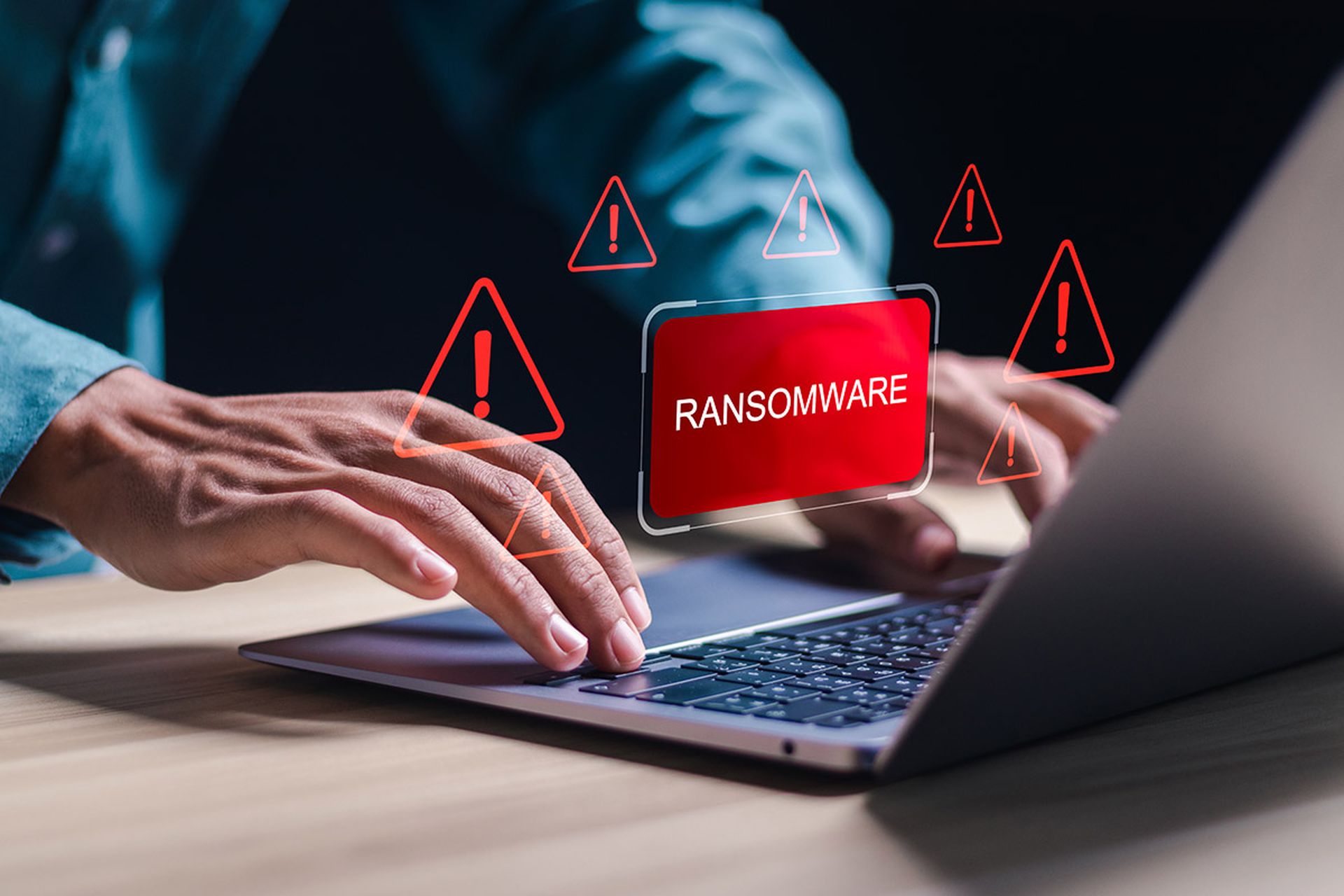Google Cloud will absorb Chronicle, a sister cybersecurity company, Chronicle CEO Stephen Gillett confirmed today. The move should be good news for MSP and MSSP partners that want tighter integration between Alphabet's cloud and cybersecurity services.

Chronicle developed BackStory (a SIEM-like platform) and also owns VirusTotal (a free service that analyzes files and URLs for viruses, worms, trojans and other kinds of malicious content).
Under parent Alphabet, Chronicle launched Backstory in March 2019 at RSA Conference in San Francisco. Early Chronicle partners include:
- Cybersecurity technology companies such as Carbon Black and Fortinet;
- MSSP (managed security service provider), cyber consulting and MDR (managed detection and response) companies such as Critical Start, Cyderes, eSentire, Red Canary and Fishtech.
The Google Cloud-Chronicle pairing isn't surprising, especially since it aligns against Microsoft Azure Sentinel -- another new SIEM-like offering. Moreover, the Google-Chronicle move surfaces just as Amazon wraps up AWS re:Inforce 2019 -- a cybersecurity conference in Boston.
SIEM Evolution Toward UEBA, SOAR
The overall SIEM (security information and event management) market is evolving rapidly -- moving legacy client-server systems to pure cloud services. Moreover, SIEM tools have been gaining user & entity behavior analytics (UEBA), security operation and automation response (SOAR), and forensic analysis capabilities.




